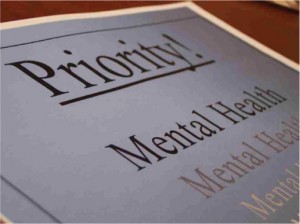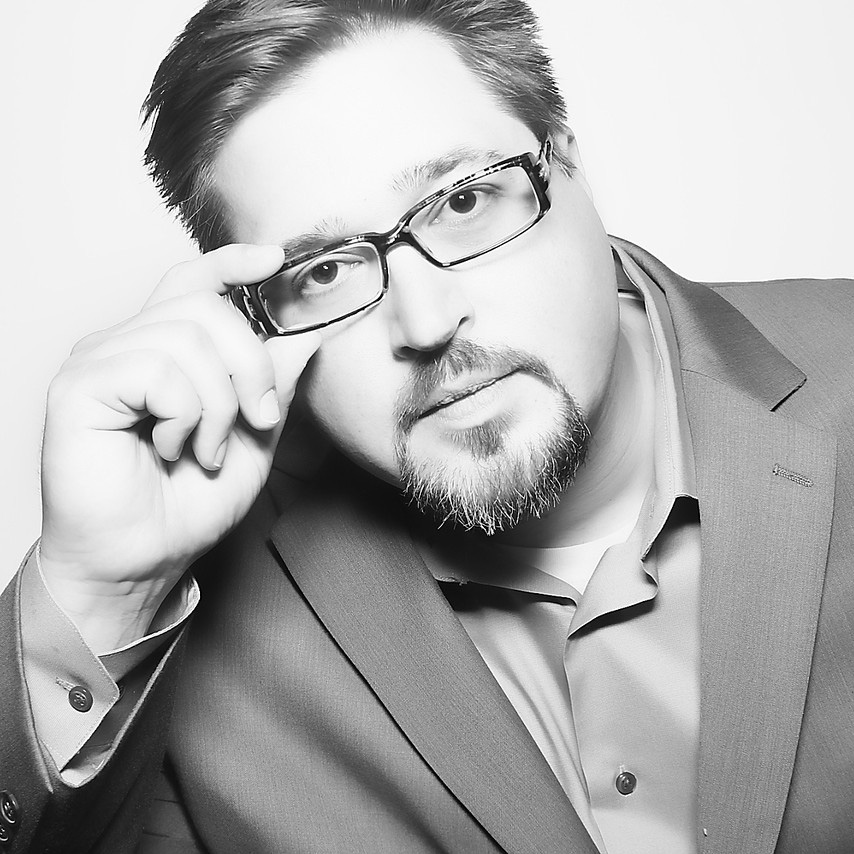
The State of the Mental Health System in America
Written by Frank Samuelson, Posted on , in Section Therapy News
 In recent years, public shootings in America frequently appeared in the headlines. From the Aurora, Colorado shooting to Sandy Hook Elementary School, it is an unfortunate occurrence that calls into question the status and effectiveness of the mental health system in America. Where do we currently stand?
In recent years, public shootings in America frequently appeared in the headlines. From the Aurora, Colorado shooting to Sandy Hook Elementary School, it is an unfortunate occurrence that calls into question the status and effectiveness of the mental health system in America. Where do we currently stand?
Rheanna Kathleen Morris was diagnosed with bipolar ll disorder at the end of her sophomore year of high school. Her mother, Peggy, is a former special education teacher with contacts in the mental health industry. Even for this family who knows the ins and outs of the system, treatment for Rheanna has been difficult.
"It's scary. It's very fragmented," says Peggy. "There's not a one-stop shop. You have to call people. You have to network. You have to find someone who might have had an experience similar to yours."
A Bleak Light After a Recession of Darkness
After the Sandy Hook shootings, officials in Virginia decided to take a look at the mental health system in their state, and decided to boost funding by 5 percent. Similar conversations were had across the nation. In fact, in 2015, a total of 36 states increased their funding for mental health. While this is ultimately a good thing, Sita Diehl of the National Alliance on Mental Illness says that the funding barely scratches the surface after 4 years of deep cuts during the 2008 economic crash that nearly broke the mental health system.
"After these sorts of shootings, there's a lot of talk, and a lot of policymakers saying we need to do something about the mental health system," Diehl says. "But then, when push comes to shove and the budget debates occur, mental health seems to lose out. I give the states a B-plus. I five the feds a C-minus, maybe a D. There is always lots of talk, but no action.”
There seems to be a roller-coaster type trend in the mental health system. A tragedy will occur, government will pledge to add money into the system, and the same problems creep back up. In 2007, Virginia suffered one of the deadliest shootings in United States history on the campus of Virginia Tech. 33 were shot dead by a man with a mental illness. After that happened, officials in Virginia added $42 million into the system. Then the recession hit, the cut $38 million, and were pretty much back where they started.
